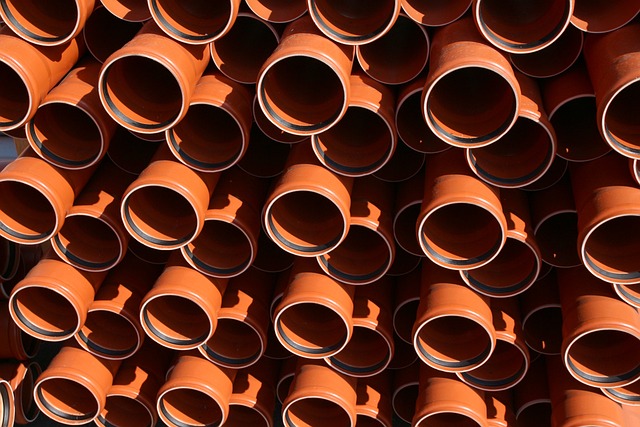DIY pipe insulation is an easy, affordable way for homeowners to boost energy efficiency. By wrapping hot water pipes with foam, fleece, or specialized tubes, you reduce heat loss, ensuring faster and hotter water delivery, especially in cold climates. This simple project cuts energy costs, extends plumbing life, and contributes to environmental conservation, making it a practical and sustainable solution for any homeowner.
“Discover how insulating hot water pipes can transform your plumbing system! This simple yet effective technique offers numerous benefits, from faster hot water access to significant energy savings. In this article, we’ll guide you through the process of DIY pipe insulation, a cost-effective solution for boosting efficiency and comfort in your home. Learn about the basics, explore the advantages, and follow our step-by-step instructions to make this project a successful reality.”
- Understanding Hot Water Pipe Insulation: The Basics
- Benefits of DIY Pipe Insulation: A Cost-Effective Solution
- Step-by-Step Guide to Insulating Hot Water Pipes: A DIY Project
Understanding Hot Water Pipe Insulation: The Basics

Hot water pipe insulation is a simple yet effective way to improve your home’s energy efficiency and speed up hot water delivery. By wrapping pipes with insulating material, you create a barrier that slows down heat loss, ensuring that more heat remains in the water as it travels from your water heater to the faucet. This is particularly beneficial for homes with older pipe systems or those located in colder climates where temperature drops can significantly affect water temperature.
DIY pipe insulation is accessible and affordable, making it an attractive option for homeowners looking to make energy-saving adjustments. Various materials, such as foam insulation boards, fleece jackets, or specialised pipe insulation tubes, are readily available at hardware stores. These materials are designed to fit around pipes of different sizes, providing a secure, airtight seal to maximise insulation effectiveness. With the right tools and a few simple steps, anyone can insulate their hot water pipes, contributing to both environmental conservation and personal comfort.
Benefits of DIY Pipe Insulation: A Cost-Effective Solution

DIY pipe insulation offers a cost-effective solution for both homeowners and renters looking to improve their hot water system efficiency. By insulating pipes, you reduce heat loss, ensuring that hot water remains at a consistent temperature as it travels through your plumbing. This is particularly beneficial in colder climates or older homes with outdated pipe systems.
Not only does DIY pipe insulation save on energy costs by minimizing heat transfer, but it also significantly reduces the time required to heat up cold water taps. This means shorter wait times for hot showers and faster washing up, creating a more comfortable and efficient home environment. Moreover, proper insulation can extend the lifespan of your plumbing by preventing pipes from freezing during colder months.
Step-by-Step Guide to Insulating Hot Water Pipes: A DIY Project

Insulating hot water pipes is a straightforward DIY project that can significantly improve your home’s energy efficiency and save on heating costs. Here’s a step-by-step guide to help you get started.
1. Gather Materials: Collect pipe insulation, a heat gun (or hair dryer), scissors or a utility knife, and any necessary tools. Choose insulation specifically designed for hot water pipes, ensuring it’s long enough to cover the entire length of your pipes.
2. Turn Off the Water Supply: Before beginning, shut off the main water supply valve to prevent any accidental leaks or scalding while you work. Once turned off, allow the remaining hot water in the pipes to cool down to ensure safety.
Insulating hot water pipes with DIY pipe insulation is a simple yet effective way to boost energy efficiency and enjoy faster hot water. By following the step-by-step guide provided, homeowners can easily reduce heat loss, lower energy bills, and contribute to a more sustainable home. DIY pipe insulation offers a cost-effective solution that can make a significant difference in both comfort and environmental impact.
